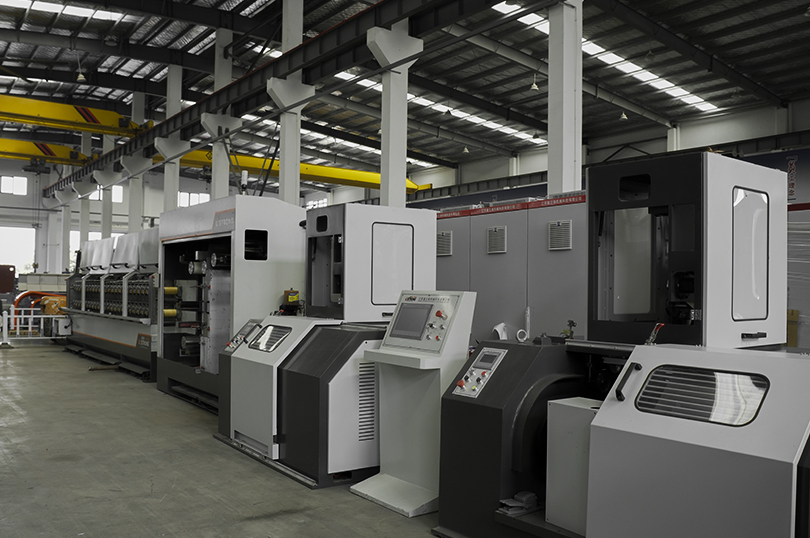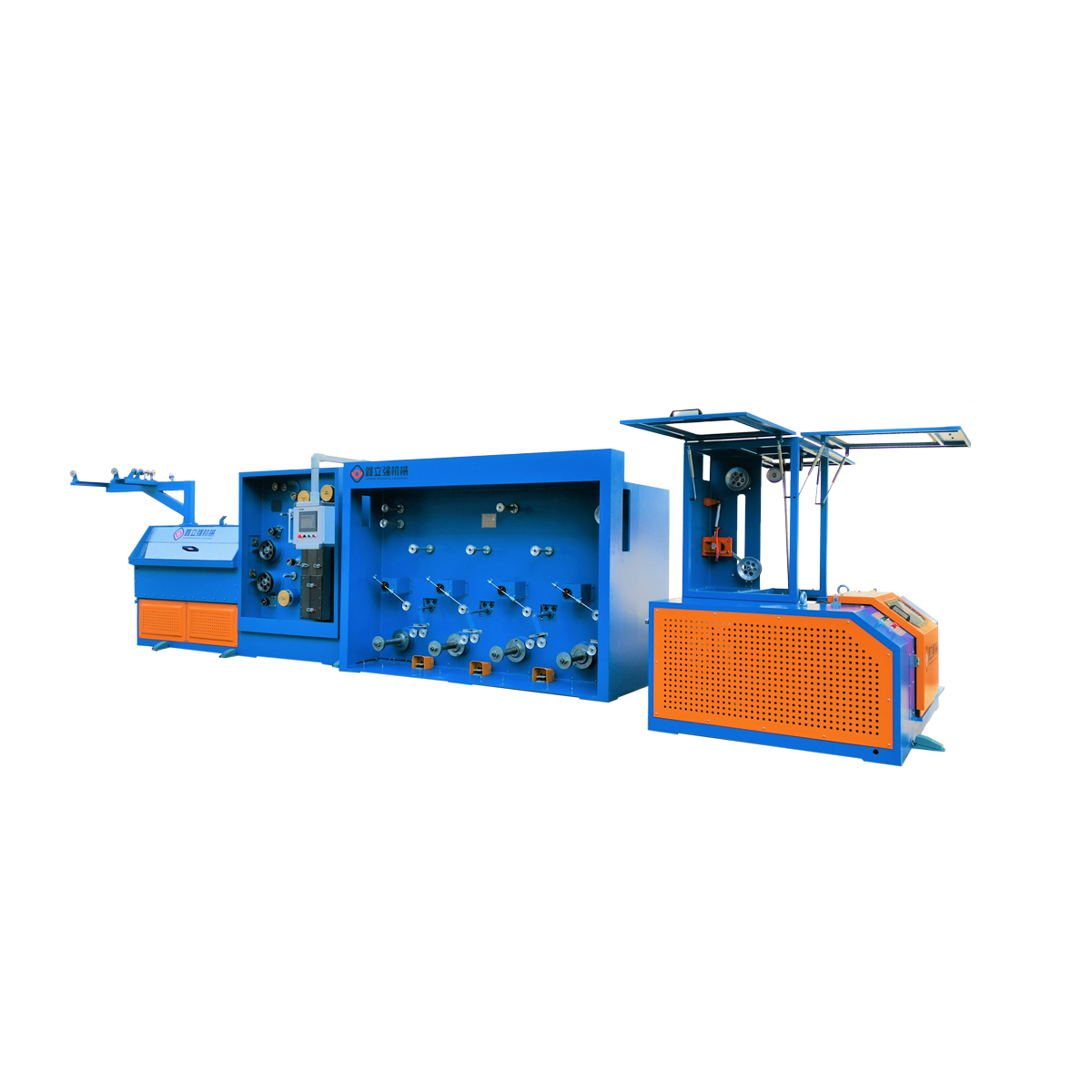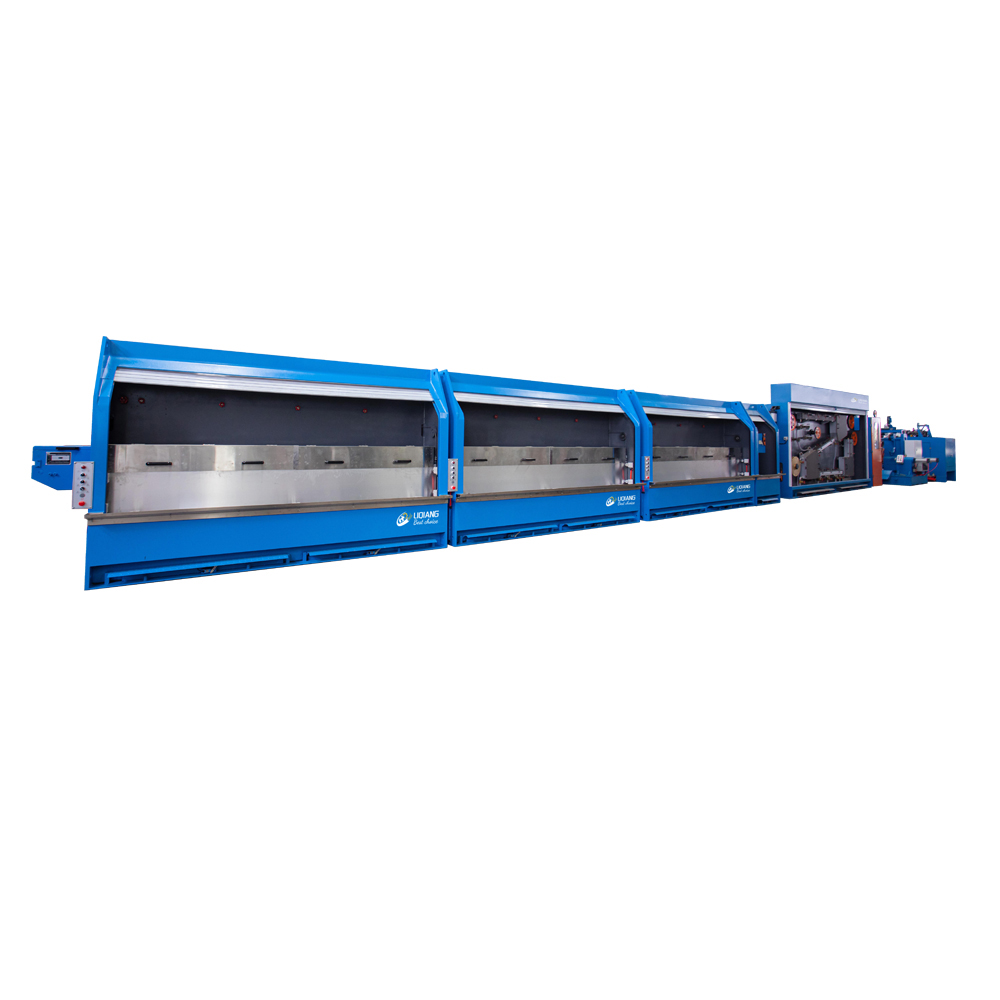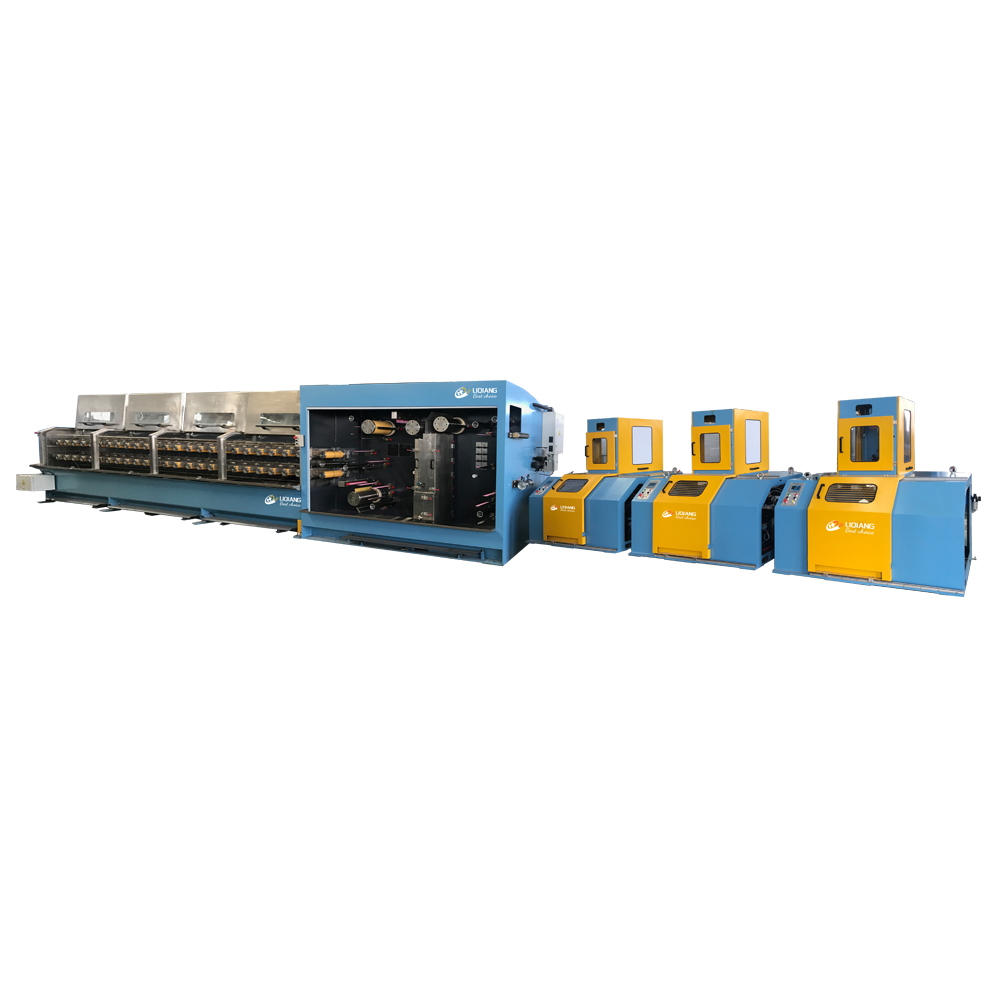In the realm of manufacturing and precision machining, the choice of wire diameter in a multi wire machine can significantly impact performance across various aspects of production. From cutting precision to energy efficiency, understanding the relationship between wire diameter and machine performance is crucial for optimizing operations and achieving desired outcomes.
1. Cutting Precision and Detailing
One of the primary ways in which wire diameter affects
multi wire machine performance is in cutting precision and detailing. Thinner wires inherently allow for more precise cuts due to their smaller kerf width, which refers to the material removed during cutting. This characteristic is particularly advantageous in applications where intricate designs or fine detailing is paramount, such as in the production of micro-components for electronics or medical devices. The ability of thinner wires to navigate tight curves and intricate patterns contributes significantly to the overall accuracy and quality of the finished products.
2. Material Efficiency and Conservation
Wire diameter also plays a crucial role in material efficiency and conservation during cutting processes. Thinner wires result in less material wastage due to their reduced kerf width, making them more efficient in operations where material conservation is a priority. This is especially important when working with expensive or limited-supply materials, as minimizing waste directly impacts production costs and sustainability efforts. Manufacturers can achieve higher material utilization rates by leveraging the precision cutting capabilities of thinner wires in multi wire machines.
3. Speed and Throughput
The relationship between wire diameter and cutting speed influences the overall throughput and efficiency of a multi wire machine. Thicker wires tend to cut faster through materials compared to thinner wires, primarily due to their increased cutting force and surface area contact. While this can lead to higher production rates in certain applications, it may come at the expense of cutting precision and finer detailing. Balancing cutting speed with the desired level of precision is essential to optimizing overall machine performance and meeting production goals effectively.
4. Surface Finish and Quality
The diameter of the wire used in a multi wire machine significantly impacts the surface finish and quality of the cut edges. Thinner wires typically produce smoother surface finishes, which are desirable in applications requiring high-quality aesthetics or functional surface properties. For instance, in the manufacturing of precision components for automotive or aerospace industries, achieving a smooth and uniform surface finish is critical for part functionality and performance. Thicker wires, on the other hand, may leave slightly rougher edges but offer advantages in terms of cutting speed and durability.
5. Energy Consumption and Operational Costs
Considerations of wire diameter extend beyond cutting performance to energy consumption and operational costs. Thicker wires may require more energy to operate due to increased friction and resistance during cutting. This higher energy demand can impact overall operating costs and resource utilization. Manufacturers must weigh the benefits of faster cutting speeds with thicker wires against the potential increase in energy consumption and associated expenses. Optimal wire diameter selection involves finding a balance between performance, efficiency, and cost-effectiveness.
6. Application Flexibility and Material Compatibility
The versatility of a
multi wire machine is also influenced by the range of wire diameters it can accommodate. Different wire diameters offer flexibility in processing various materials effectively. Thinner wires excel in cutting delicate materials with precision, such as thin metals, ceramics, or semiconductor substrates. In contrast, thicker wires may be better suited for tougher materials like thick metals, composites, or hardened alloys. The ability to switch between wire diameters allows manufacturers to adapt the machine to different production requirements and material types, enhancing overall application flexibility.




 中文简体
中文简体 русский
русский Español
Español عربى
عربى














Contact Us